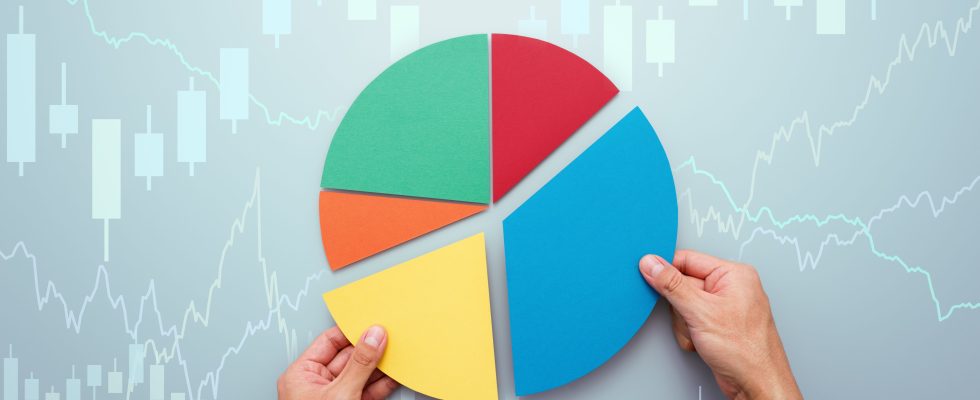Winning cocktail for structured funds! “Market conditions have been ideal for several months,” notes Cyrille Gerbert, wealth management advisor within the Neofa network. “Long-term interest rates are high, as is market volatility, two essential components of the driving force of structured products.”
What is it exactly? These products promise the saver a gain (for example 5%) over a specific period (ten years) while protecting their capital (100%, 80%, etc.). Around twenty new products have seen the light of day in France over the first eleven months of 2023 according to Morningstar. “Savers are looking for security in a context marked by low visibility. Structured funds respond perfectly to this demand,” explains Cyrille Gerbert.
The promise, it is true, is tempting. More and more products offer a 100% capital guarantee at maturity and a guaranteed return! Hard to believe ? There is still a flip side to the coin. “These products include an early repayment option on their anniversary date at the discretion of the bank that designed them,” explains Yves Conan, general manager of the broker Linxea. Concretely, the saver does not know in advance the real duration of his investment. “The risk is to only receive this coupon for one year instead of ten, if the issuer decides to repay early,” underlines Eric Fraga, head of asset management at the private management consulting company Equance. A tempting decision for banks when long-term rates fall: they then have an interest in repaying the product to issue a new one, with a lower rate (in other words less costly for them).
If the issuer goes bankrupt…
You should therefore be interested in these vehicles only if you have a long investment horizon (in the event that they expire) while accepting an exit faster than expected. The capital guarantee then allows them to be considered as an alternative to the euro life insurance fund. With one major reservation: if the issuer goes bankrupt, the capital guarantee no longer holds and the customer can lose their entire savings! “This is why we only work with major names like BNP Paribas, Goldman Sachs, JP Morgan, Morgan Stanley and SG,” says Yves Conan.
There are also supports whose capital is not guaranteed, but only protected. This time, the promise of return is linked to the performance of an index (like the Euro Stoxx 50 for example) or a basket of shares. For example, they offer an annual coupon of 10% provided that the indicator selected displays positive or zero performance on its anniversary date. If so, the product is automatically refunded and the product delivers the expected return. But if the index falls, it continues to exist without paying anything to the customer. If the following year it increases, the customer then receives two years of coupon, and so on until the end. A capital protection mechanism also guarantees the client that he will not lose money at maturity up to a predefined drop in the index, for example 30%. It is only below this level that it will suffer a deadweight loss.
Last element to know: “These products do not always make it possible to capture the rise in shares in full: if the index soars by 25%, for example, the saver does not benefit in full since the structured fund simply to keep its promise of yield (10% for example)”, warns Eric Fraga at Equance.
Conclusion ? Before investing, determine your own market scenario (bullish or bearish) and then choose a corresponding product.
.
